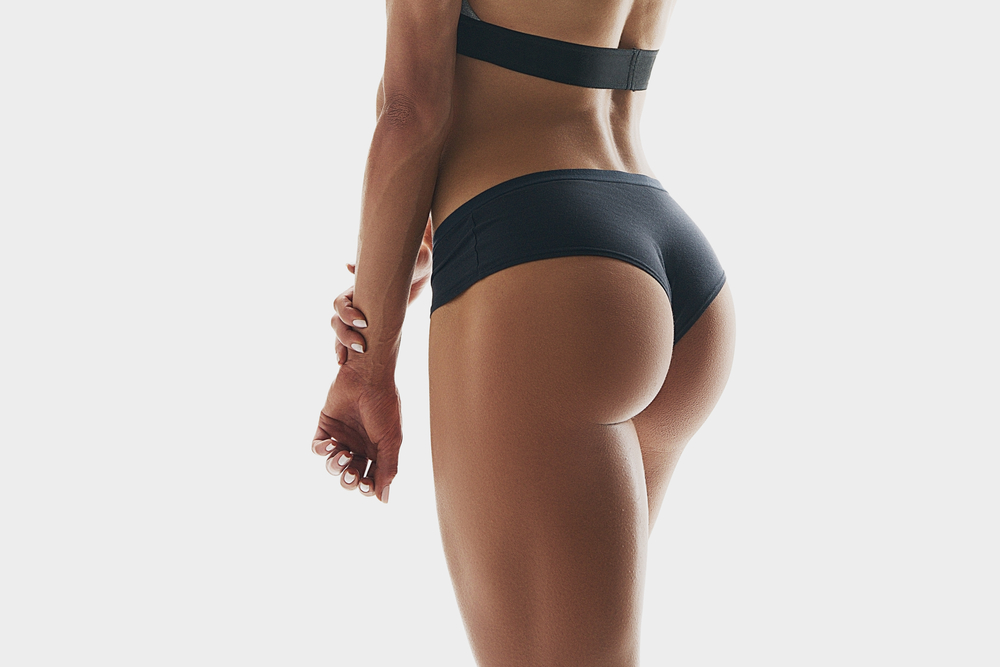Brazilian Butt Lift
Fat transfer to the buttocks, also known as a Brazilian Butt Lift (BBL), uses fat to create more curvaceous buttocks without implants. Most individuals have some troublesome fat around their midsection which is donated towards the transfer, making this a two-for-one procedure!
Who is a Candidate?
Individuals who feel that their buttocks are too small for their body frame and desire a more balanced silhouette can often benefit from a BBL. It is also important that you be in good health and have realistic expectations for the outcome of your procedure. A consultation with Dr. Partington will allow you the opportunity to discuss your aesthetic goals.
The Procedure
The Brazilian Butt Lift procedure enhances your buttocks using your own, living tissue. There are no implants used.
During the procedure, fat is removed with liposuction from areas of the body with excess fat, such as the thighs, abdomen, or hips. This fat then goes through a purification process and the fat cells are transferred to small syringes for fat injection into the buttocks. The fat is then carefully placed into the buttocks through multiple microinjections.
Because your natural fat is being used, your body will reabsorb some of it. The amount of fat that survives is typically between 50-70%, though results may vary. Regardless, patients can enjoy a fuller and shapelier backside.
Results and Recovery
Following your BBL, bruising and swelling in the treatment area are to be expected. Pain medication can help with any discomfort. Compression garments will likely need to be worn to cover the areas of your incisions, liposuction, or fat transfer. These garments will help to reduce swelling and support your new body contours.
It is important that you learn how to sit or lie down without putting direct pressure on your buttocks, as this could negatively impact your results. If you must sit down, there are special donut pillows that can be used that will not disrupt your results. Patients should expect to take about a week off from work, depending on the amount of physical activity required for the job.
Be sure to follow Dr. Partington’s specific post-op instructions to ensure optimal results.
Return to Overview
